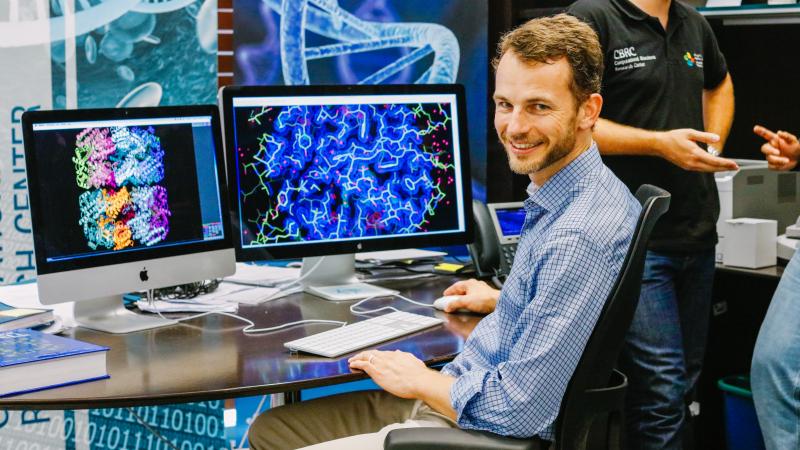Abstract
The innate immune system forms an evolutionarily ancient line of defense against invading pathogens and endogenous danger signals. Within certain cells of innate immunity, including epithelial cells and macrophages, intricate molecular machineries named inflammasomes sense a wide array of stimuli to mount inflammatory responses. Inflammasomes are large multiprotein complex which plays a key role in innate immunity by participating in the production of the pro-inflammatory cytokines interleukin-1β (IL-1β) and IL-18. Dysregulation in inflammasome signaling leads to a wide range of immune disorders such as allergies, Crohn's disease and sepsis.
NLRP3 is the most extensively studied inflammasome sensor that responds to a broad spectrum of unrelated microbial stimuli and endogenous signals, uric acid crystals, extracellular ATP, including pore-forming toxins and potassium efflux. Recently identified NEK7 protein, a centrosomal protein member of NIMA-related kinases, is an essential mediator of NLRP3 activation and oligomerization downstream of potassium efflux. Cryo-electron microscopy (Cryo-EM) reconstruction of NLRP3 bound with NEK7 at 4.3 Å resolution reveals an earring-like structure of NLRP3 bound to NEK7. NEK7 C-lobe interacts with leucine-rich repeat (LRR), homology domain 2 (HD2) and Nucleotide-binding domain (NBD) of NLRP3. With the structure-guided mutations and cellular experimental data combined with prior knowledge of the activation mechanism of NLRs, we present a model of activation and oligomerization mechanism of NLRP3 implicated by NEK7.

